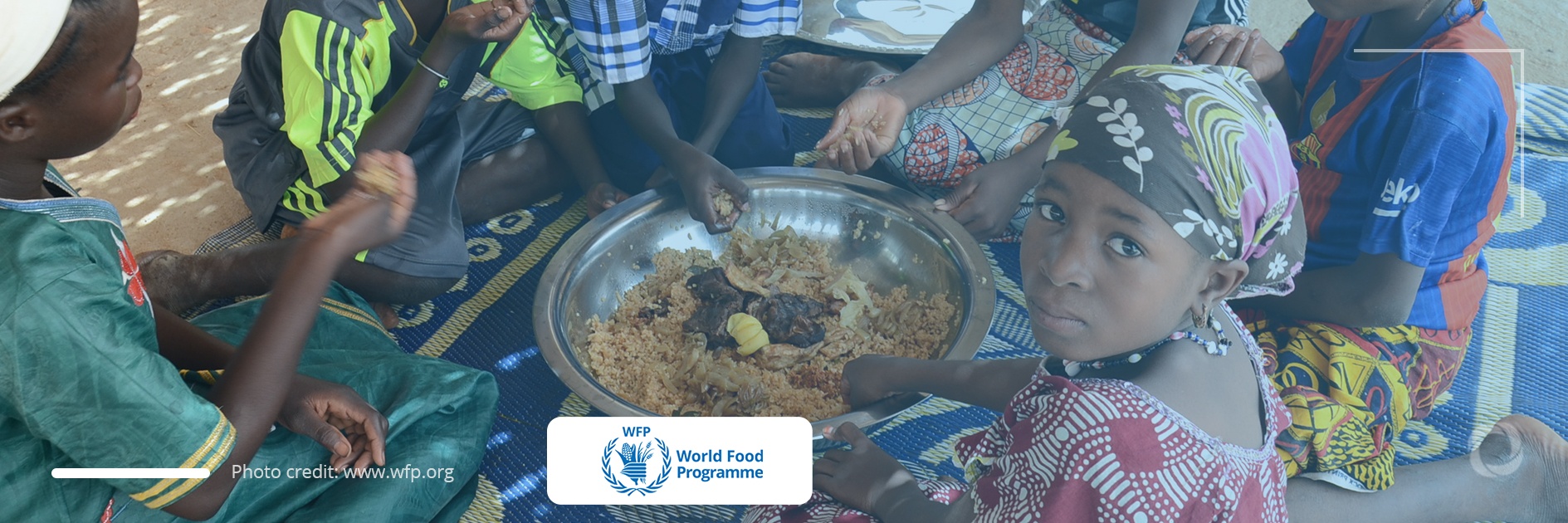The UN World Food Programme (WFP) has cut food rations in some regions because of a shortage of funds. It has warned that if there is no urgent response from donors, it will have to reduce rations even further.
WFP supports over 115 million people in 80 countries but this year it has received only 55% of the US$15.3 billion required to conduct its operations. It is therefore urgently seeking US$4.5 billion within the next six months to be able to meet the most critical commitments.
Some of the WFP operations that reach the most numerous refugee populations are also the most underfunded, such as in Uganda where WFP assists over 1.2 million refugees, i.e. covering 65% of all the food needs of the country.
“During COVID-19 lockdown, we couldn’t leave the camp and we couldn’t earn anything as all casual work outside the camp stopped. The situation got worse when our food ration was reduced. My family started facing a serious food shortage,” Ange, a refugee from the Democratic Republic of Congo who lives in Rwanda, told WFP.
WFP estimates that the lack of funds will result in additional cuts.
“If we do not get money, we may be forced to prioritize further or even to suspend activities. This will affect vulnerable groups depending on WFP support, particularly malnourished children,” said WFP spokesman, Tomson Phiri. “You have other vulnerable groups or other populations of concern. Pregnant and expecting mothers, nursing mothers. They are all parts lumped together in that category that we refer to as refugees,” he added.
The latest data revealed by WFP indicates that the number of people living on the brink of famine is rapidly increasing whereby at the beginning of 2021 this was projected to be 34 million, it is now projected to be 41 million.

